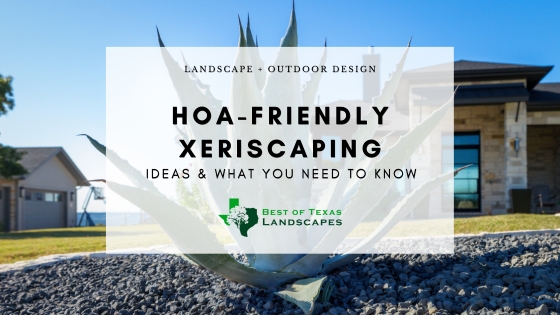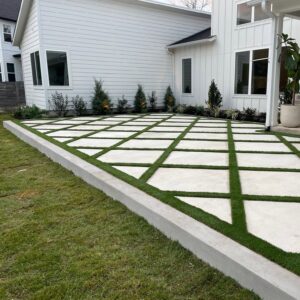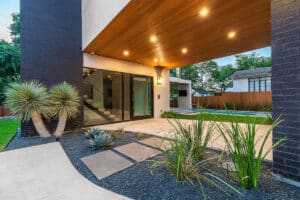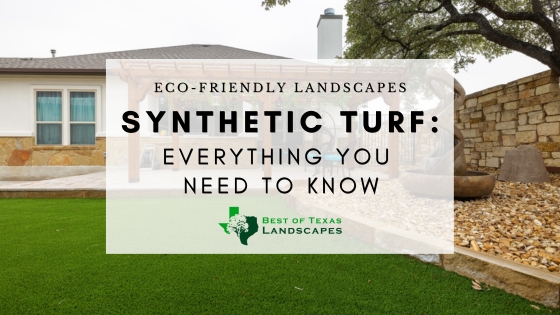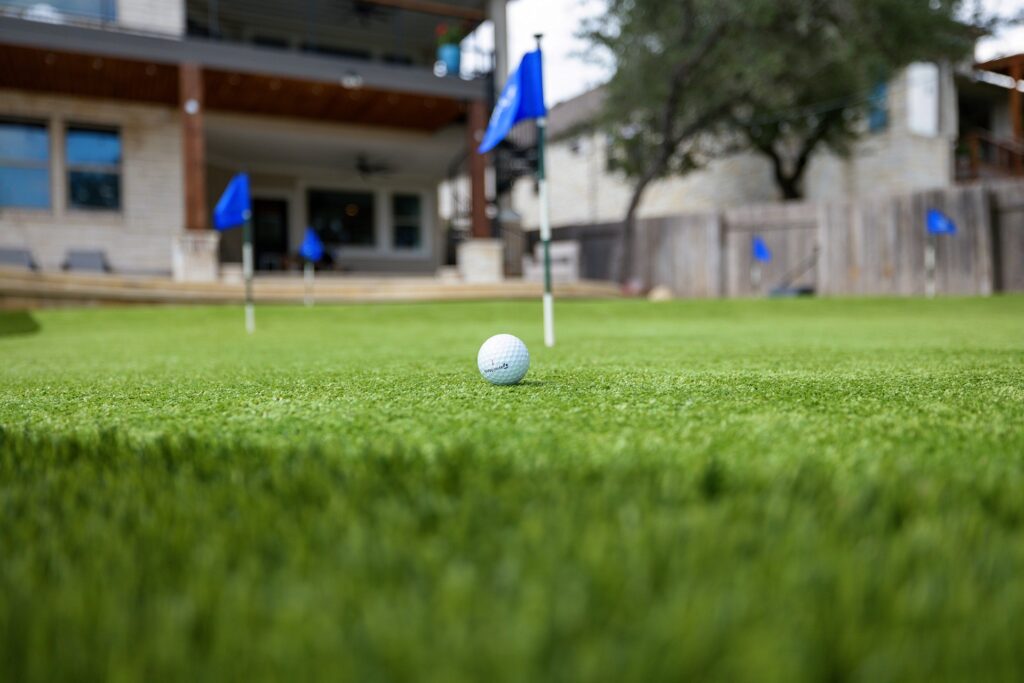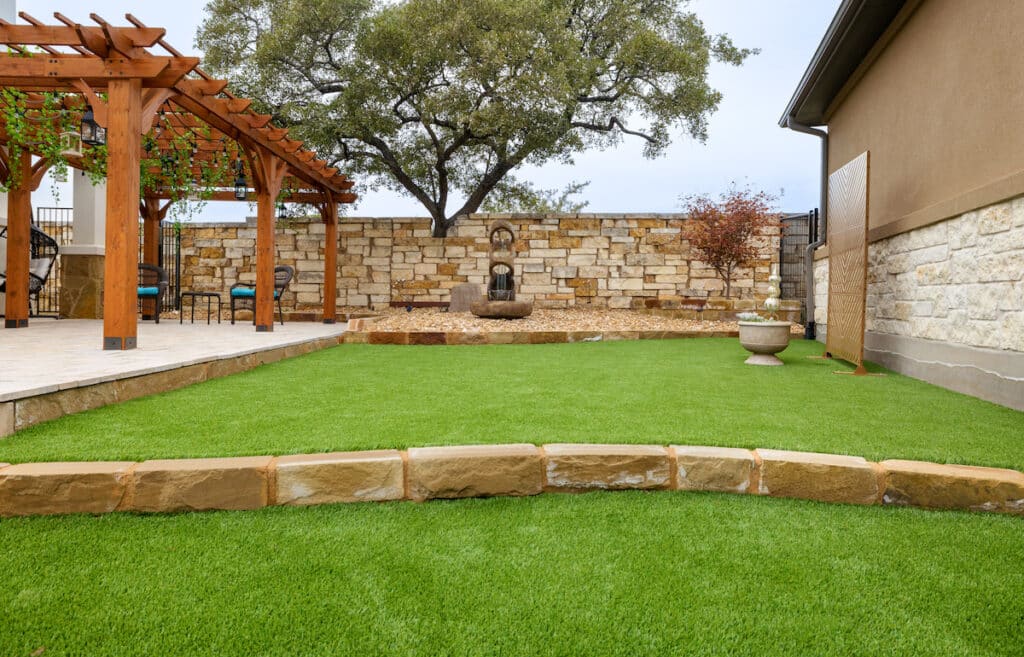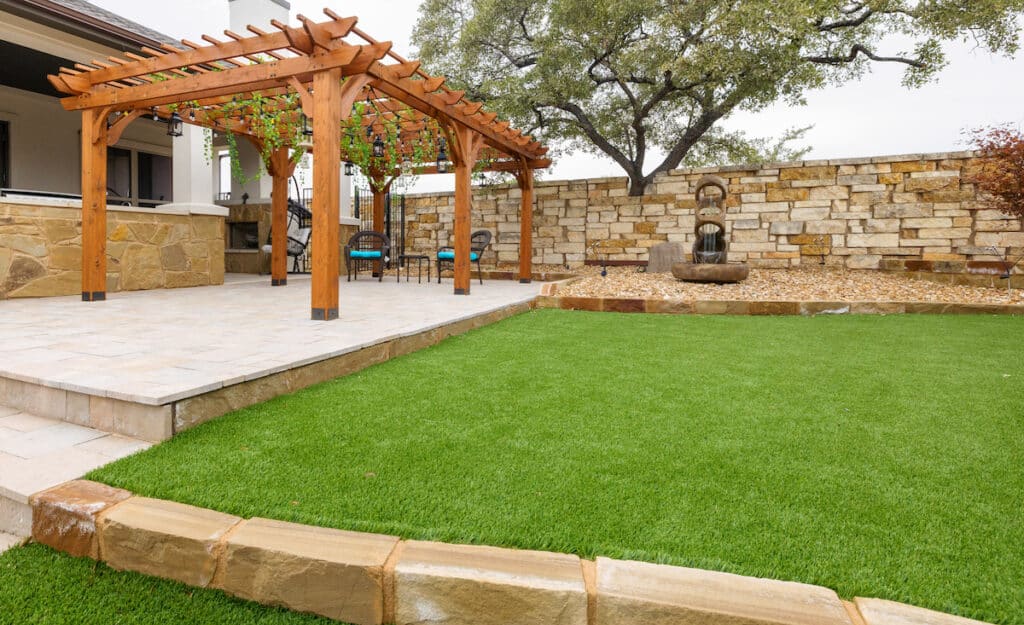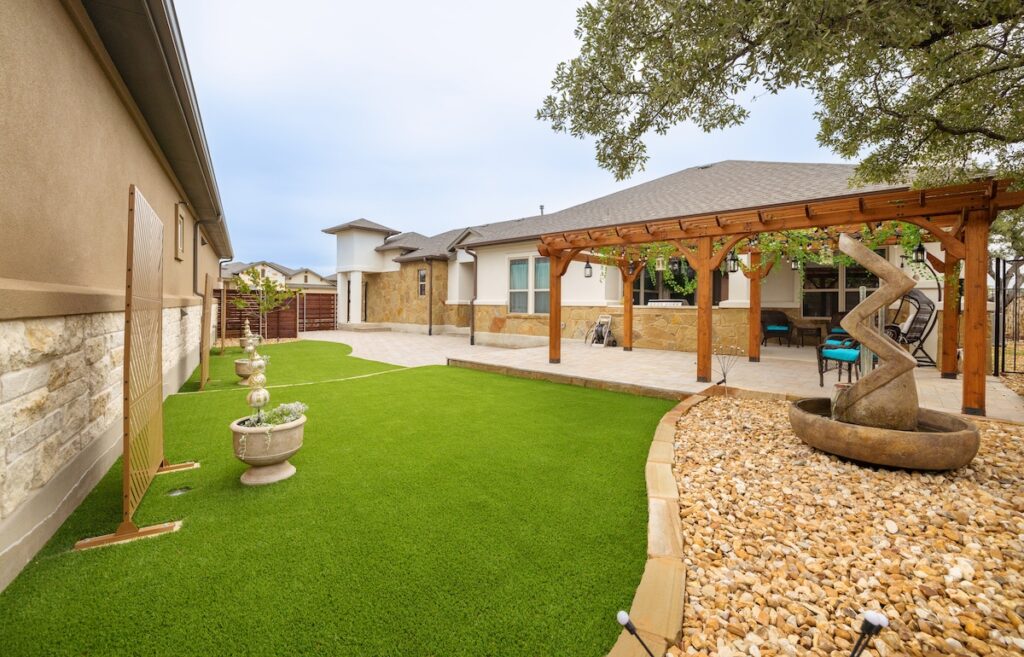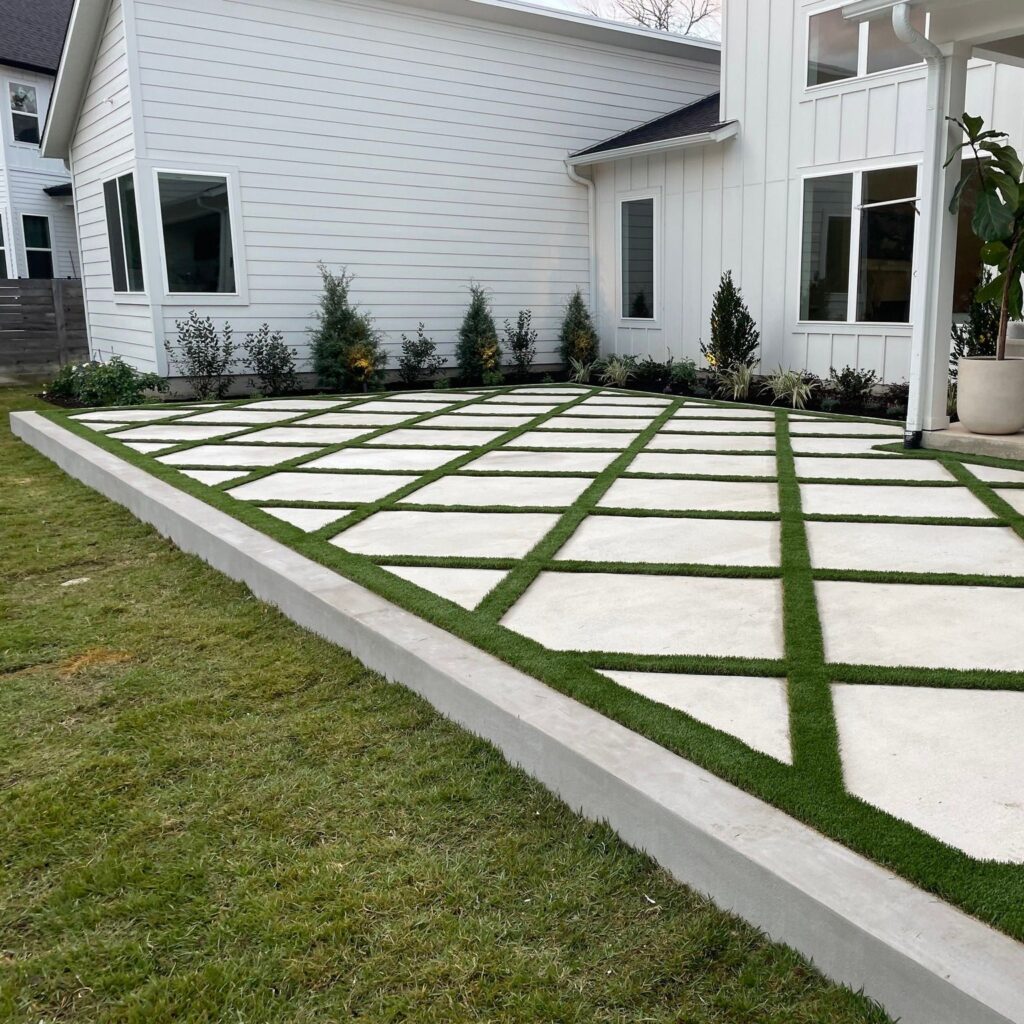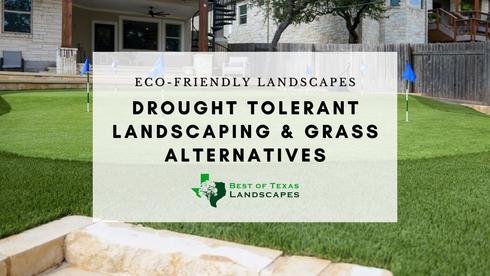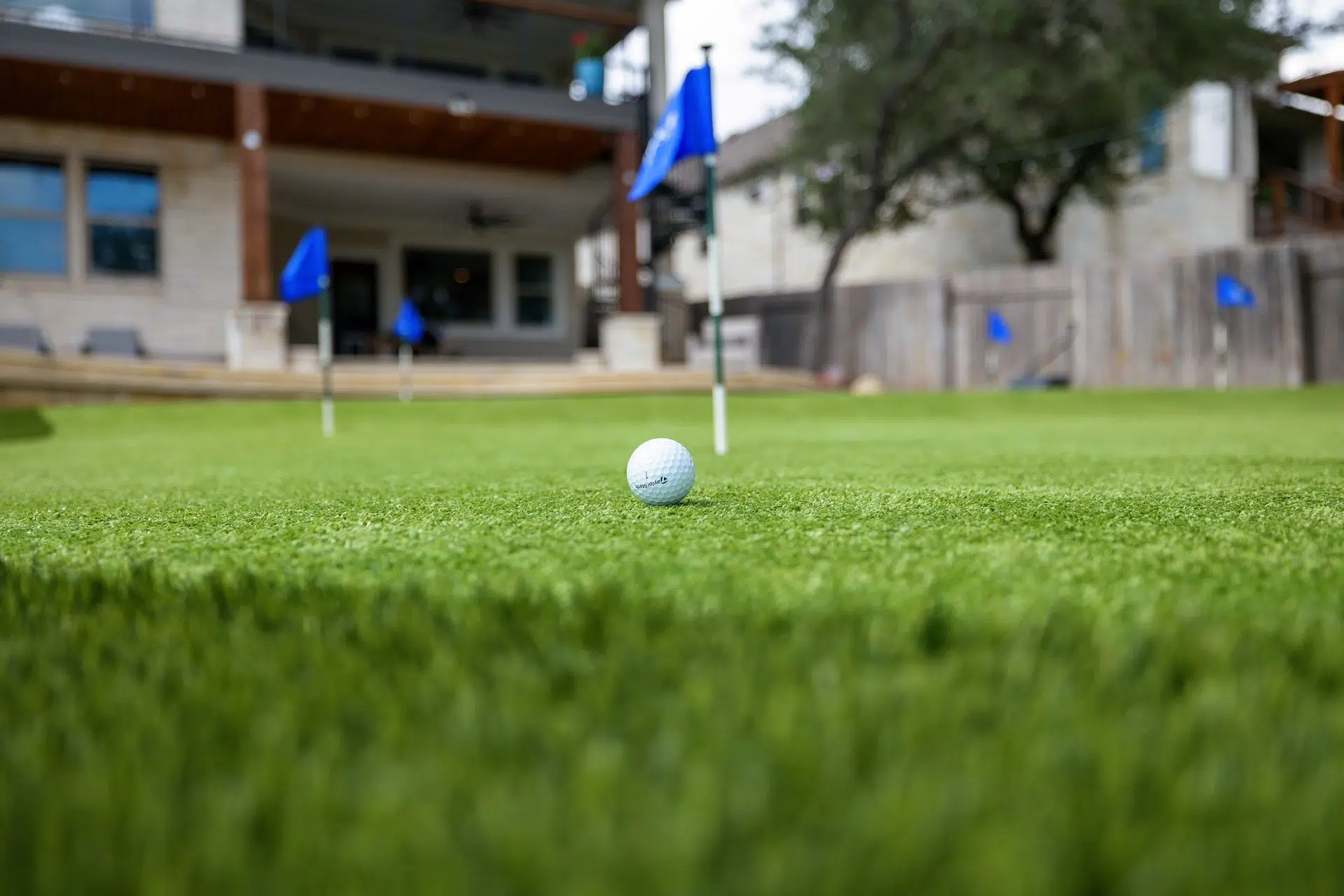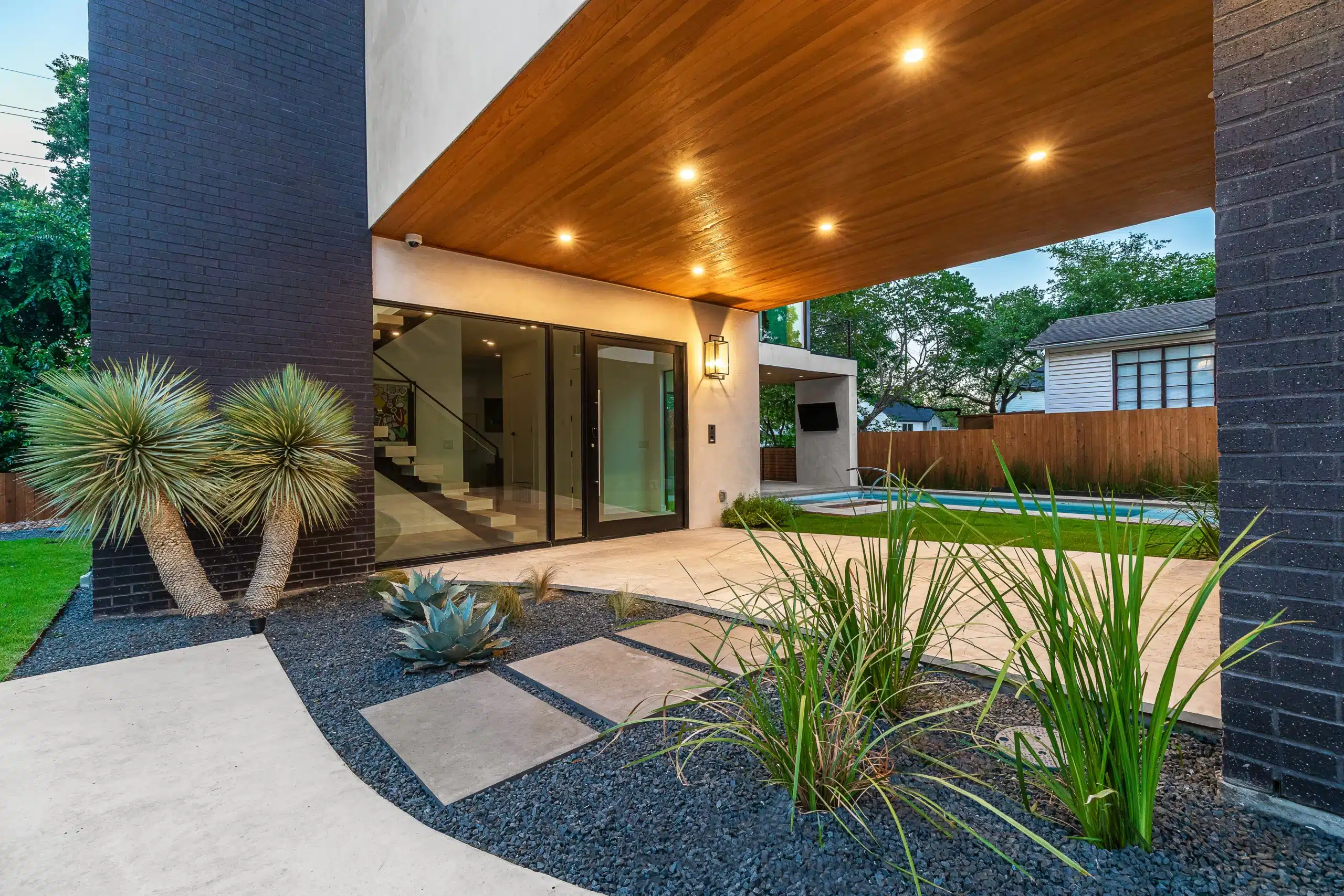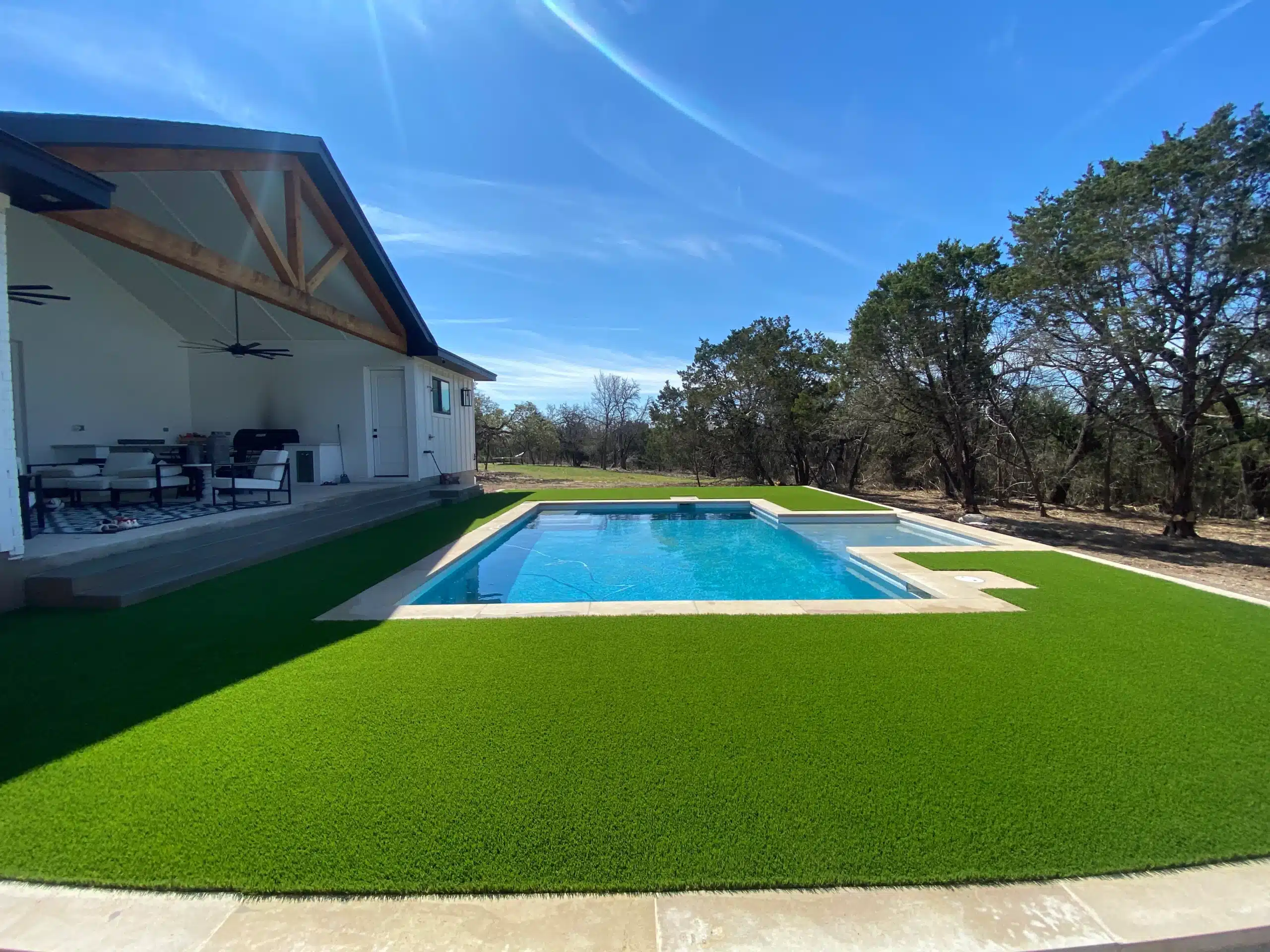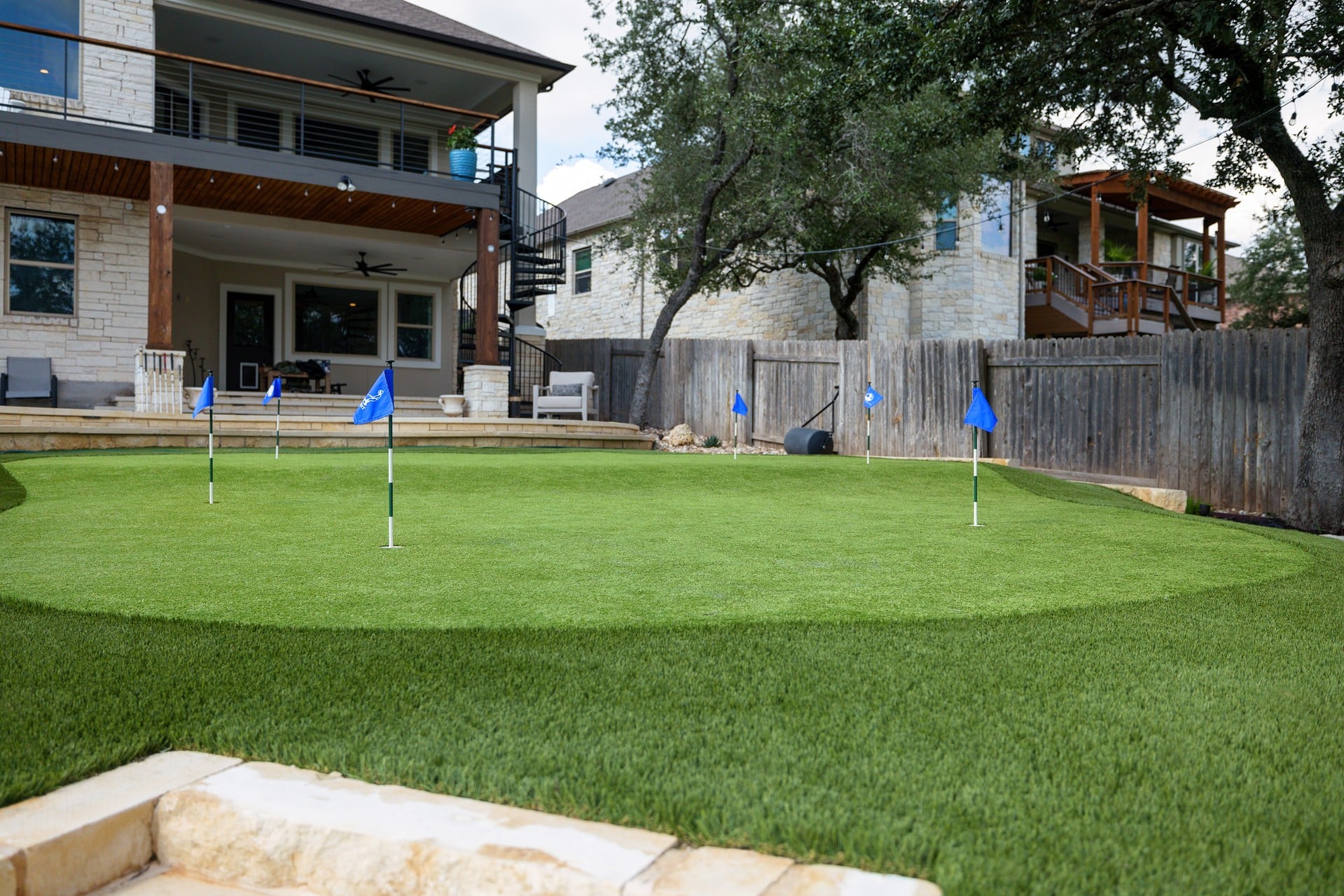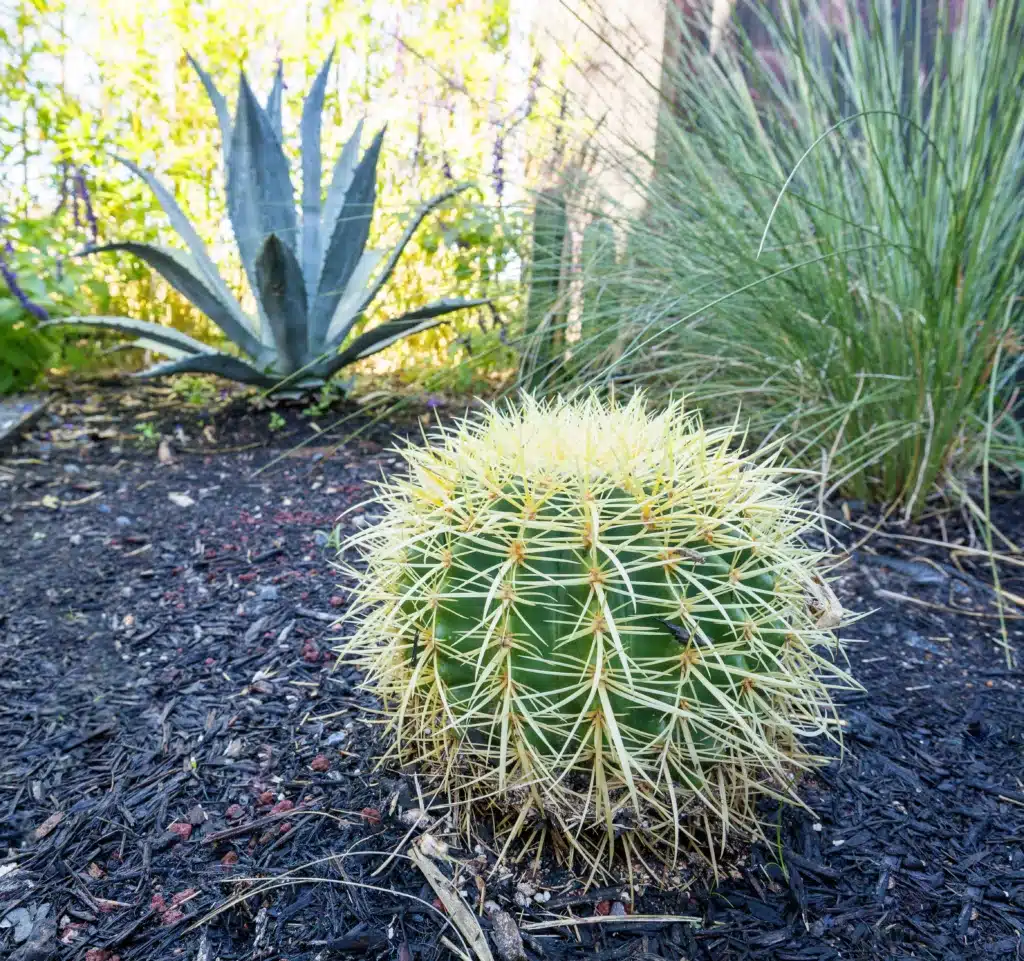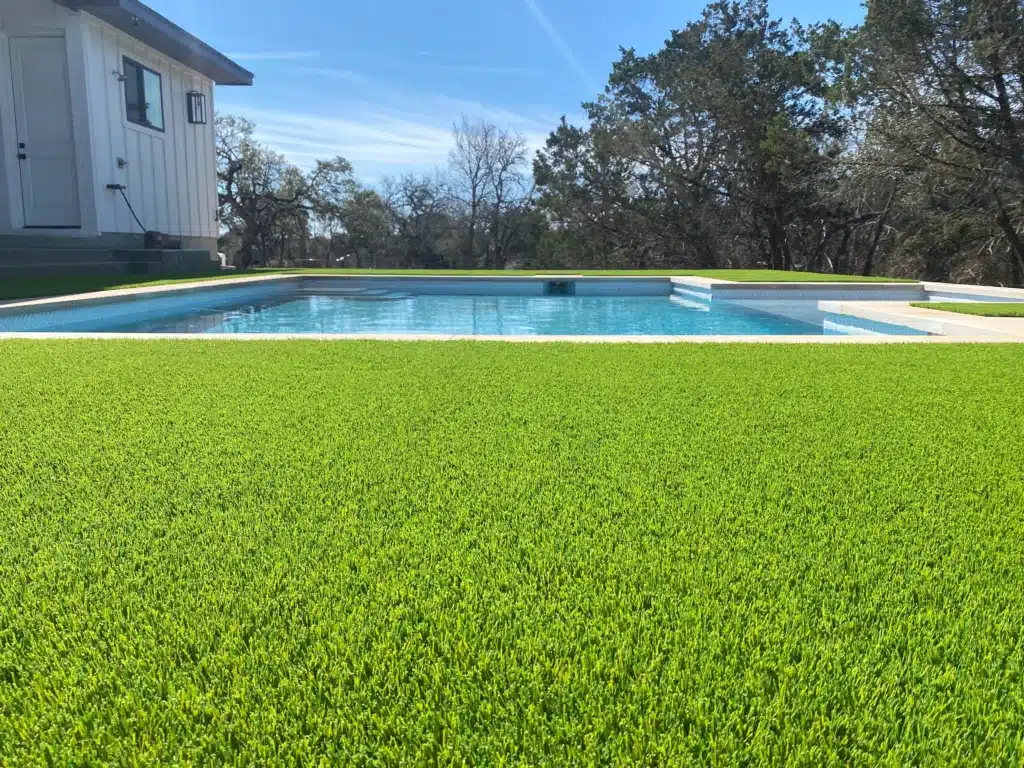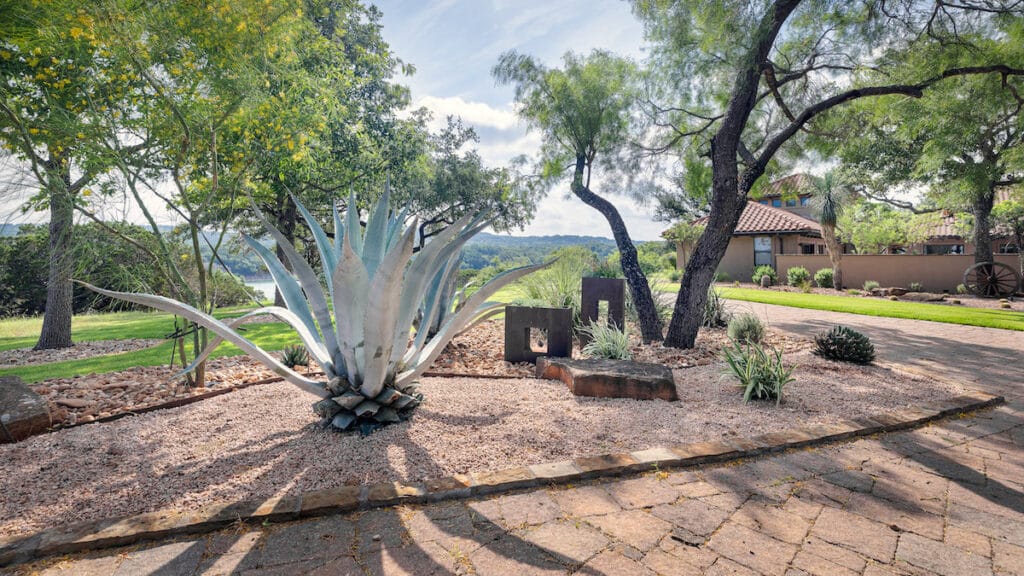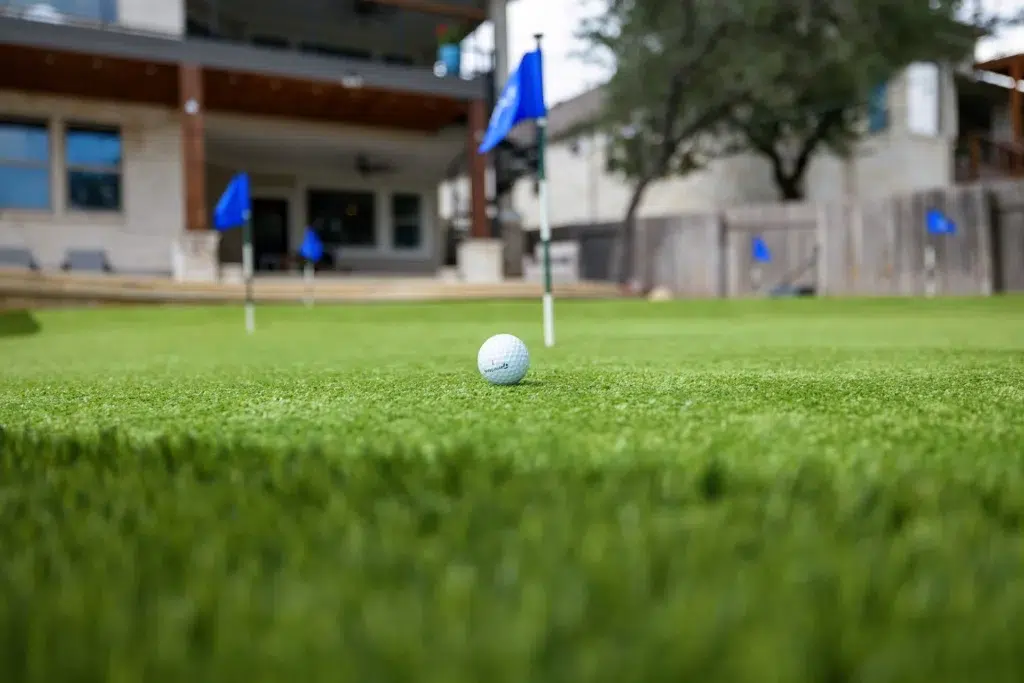New Year, New Yard: Cimarron Hills Landscaping in 2024
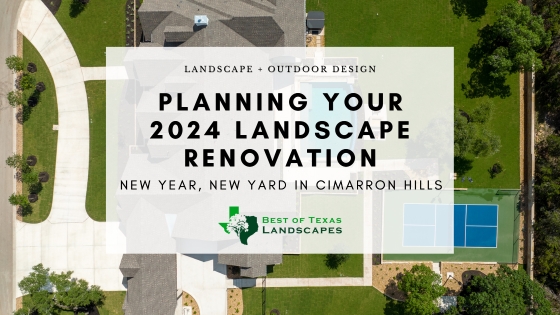
As the calendar turns a page to welcome 2024, it’s the perfect moment to envision a fresh start for your landscape design. In the affluent and serene neighborhood of Cimarron Hills, where every home boasts its own slice of Texan paradise, landscape renovation is not just about keeping up with the Joneses; it’s about crafting a personal haven that resonates with the rhythm of the seasons and the latest in sustainable design. Let’s explore the 2024 outdoor trends that are set to redefine Cimarron Hills landscaping and how you can start planning your outdoor design renovation today.
Embracing Native Beauty: The Top Plant Picks for 2024

Texas’s natural flora is a kaleidoscope of resilient and vibrant species that promise to bring life to your garden with minimal environmental impact. The coming year is all about going local with your plant choices. Consider the elegant Texas Lantana, with its clusters of fiery blooms, or the soft silver foliage of the Texas Sage, both of which are drought-tolerant and attract pollinators. For a pop of color, the Bluebonnet remains an iconic choice, while Mexican Feather Grass can add a touch of whimsy to your landscape.
Sustainable Practices: Water Conservation and Beyond
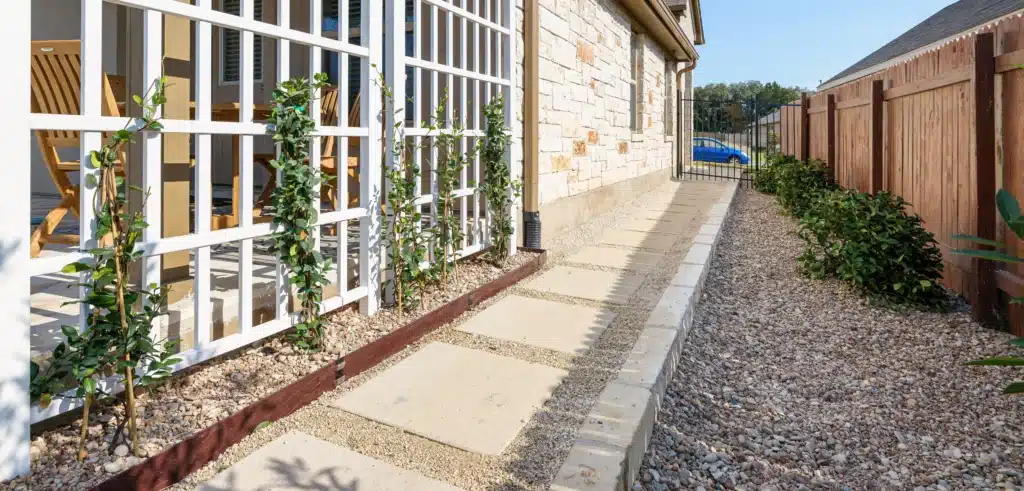
2024’s Bold Design Features
- Outdoor Living Spaces: Expand your home’s living area by creating functional outdoor spaces. Think of outdoor kitchens for the culinary enthusiast or a cozy fire pit area for those starry Texas nights.
- Edible Gardens: Edible plants are having a moment, and for good reason. They bring a practical and interactive element to your garden. Herb gardens, in particular, are becoming a staple in the Cimarron Hills landscape.
- Smart Lighting: Integrating smart, solar-powered lighting systems not only enhances the ambiance but also contributes to safety and security.
- Natural Stone Hardscaping: As a nod to the rugged Texas landscape, natural stone for patios, walkways, and retaining walls is becoming increasingly popular.
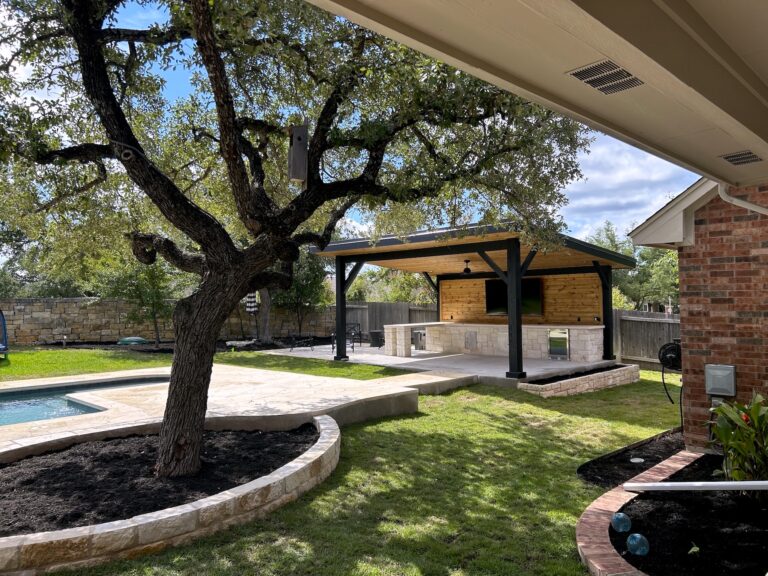
The 2024 Color Palette: Nature-Inspired Hues
Technology Meets Tradition
Cimarron Hills Landscaping: Get Started on Your Outdoor Renovation

